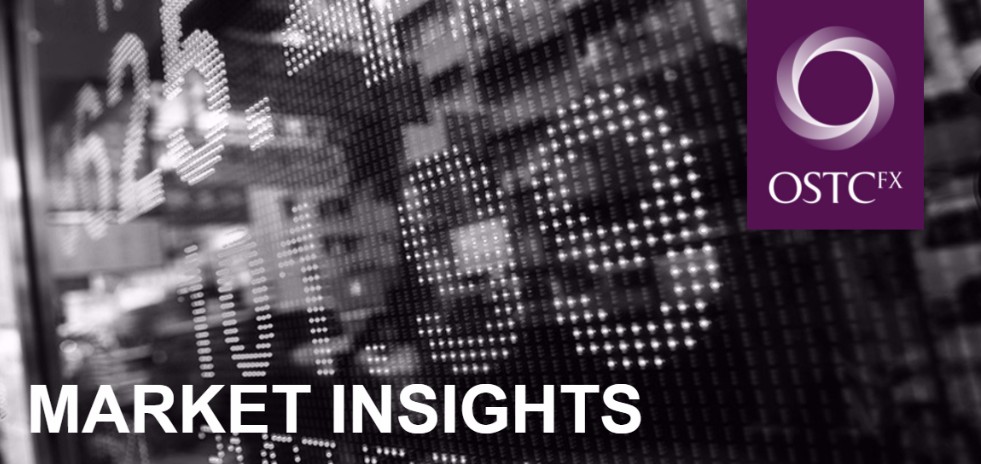Four drivers of currency volatility in 2017
While 2016 was defined by unpredictability and the resulting volatility in the FX markets, there is much more to come in 2017 – and inactivity is as risky as change for small businesses grappling with the fallout from economic and political change.
We’re looking at four key issues and strategies crucial to your business’ success in 2017.
The inauguration of Donald Trump
Donald Trump becoming US President is the first major event likely to cause uncertainty in currency markets. Companies will be trying to second guess how his promises and pledges made during the election will translate into real economic policy.
While he has promised to reform tax laws, cut regulation and protect American jobs – expected to be at the expense of free trade – many fear his policies could also lead to higher inflation, higher interest rates and strengthening of the dollar.
But Paul Langley, managing director of OSTCFX warns that, as the result of the US election itself proved, speculation is futile and it is better to plan for every scenario.
“Last year, many companies changed their positions on forwards contracts because they thought they knew what the result would be. That meant we saw billions of pounds gambled on an election that proved utterly unpredictable,” said Langley.
“For the many small UK firms trading in dollars, his economic policies and their implications pose real questions to importers and exporters alike. I recommend adopting a robust hedging strategy now.”
Triggering Article 50
More turbulence is also expected when Article 50, the legal mechanism by which the UK starts the process of leaving the European Union (EU), is finally triggered.
The effect this will have on the currency markets is harder to foresee. The fact that a UK High Court has ruled that Article 50 cannot be triggered without parliamentary approval has raised hopes of a so-called ‘soft’ Brexit, which may retain access to the single market.
On this basis, some believe the pound will recover against the euro in 2017, something that would be favoured by businesses importing from the Eurozone but not exporters.
Langley suggests more turbulence is likely and recommends that SMEs hedge their bets.
“SMEs might be inclined to play it safe this time, after the 8-10 percent fall in sterling following the Brexit vote,” said Langley.
More European elections
After the political fallout of the Brexit vote and Trump winning the US election, few would try to predict the outcome of elections in 2017.
Around 40 percent of EU countries will head to the polls in 2017, leaving room for many more surprises.
“The French election in May, and the German vote which starts in August, have the most potential for disruption. With discontent in both countries, there is likely to be more volatility in the euro market,” said Langley.
The National Congress of the Communist Party of China
The National Congress of the Communist Party of China only meets every four to five years and often sets the tone for economic direction. With the next meeting in the autumn, this has the potential to also cause significant turbulence in the currency markets, especially if US-China relations are further strained by this point.
If recent meetings of the Central Economic Work Conference are anything to go by, preventing the growth of asset bubbles and other financial risks are at the top of China’s to-do list for 2017. That could mean continuing reforms of the state-owned enterprises and property market that have bolstered China’s growth.
“Locking in rates for certainty in your supply chain has never looked so appealing. But for a more nuanced approach, hedging your position prior to key flashpoints could be a sensible way to benefit from longer-term trends without risking the kind of sudden shifts that made 2016 such a challenging environment for companies engaging in cross-border transfers,” concluded Langley.
Send Paul Langley a message.

